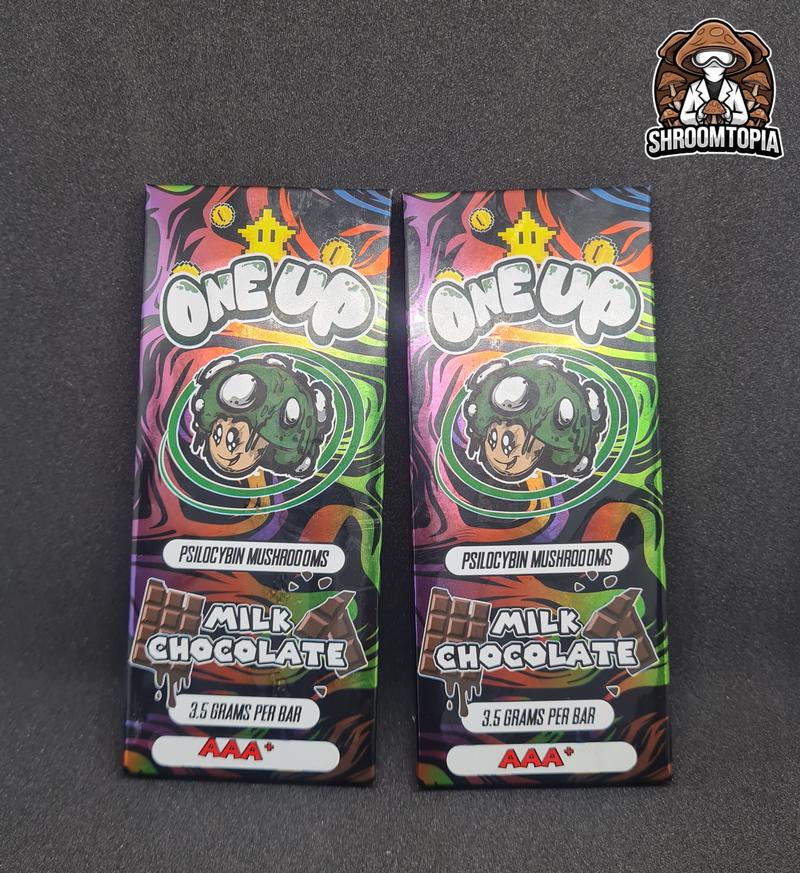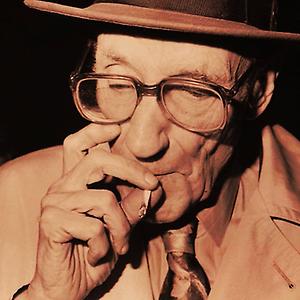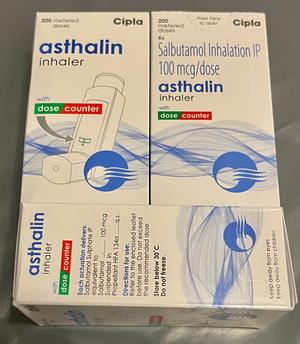
As cannabis becomes legal in many countries, and more research is done into the science of the marijuana plant, people are beginning to know more and more about it. CBD and THC aren’t just terms that people shy away from anymore, they’re now integral reasons for someone’s likes or dislikes of certain cannabis strains. However, alongside the improved research, comes a better understanding of how to tamper with cannabis. In the words of Spiderman, ‘with great power, comes great responsibility’. PGR cannabis is a great example of this. People are beginning to use plant growth regulators to make cannabis seem more appealing, whilst actually making it less potent, and less healthy. Want to find out more? Let’s go.
What is PGR Cannabis?
So, first things first, what the heck is PGR cannabis? Well, imagine you are selling cucumbers at the market. However, most of the cucumbers on the market are sold at around £1. But you want more money for your cucumber as you’re saving up for a holiday. Funnily enough, a wizard comes over to your market stall and tells you about a magical potion called ‘PGR’ that can make your cucumbers look deceivingly like they’re double the size, whilst actually just being the same as they were before. ‘However’, the wizard says, ‘the only issue is that the PGR potion may cause some slight health problems’. You think it over and then decide to do it anyway because you really want to go on that holiday. So you use the PGR potion and, as quick as a flash, your cucumbers look double the size and you start selling them as: ‘super big cucumbers’ for £2 each.
Perhaps a slight random metaphor, but actually PGR cannabis isn’t too dissimilar from this. PGR weed is cannabis that has been grown with plant growth regulators. The plant growth regulators (PGR) help the growth of the marijuana plant. They increase the size of the buds, which consequently increases the weight. This allows dealers to sell their cannabis at a higher price, despite the fact that the bud still has the same purity as it did before the PGR. It’s just heavier.
PGR Types
There are different types of plant growth regulators. It’s important to remember that these are used on garden plants originally. However, because cannabis is inhaled in a joint or a dry herb vape, the PGR can cause some serious health effects. But we’ll get on to that later. Let’s first take a look at some of the common types of plant growth regulators:
Chlormequat Chloride
This type of PGR, whose name sounds like a baddy from Dr Who, slows down the plant’s growth. However, it only slows down growth in certain areas, which can actually encourage the flowering of buds. This can make cannabis look a lot prettier and more stereotypically like cannabis in films and pop culture.
Daminozide
Daminozide, whose name sounds like a toilet cleaner brand, slows down the growth of leaves, stems and even important cannabinoids like CBD and THC. Whilst the nugget will look fat and appealing, the actual contents will be lacking in what cannabis is known for.
Paclobutrazol
This is perhaps one of the most common PGR. Paclobutrazol, again a very odd name, makes the plant’s cells elongate. This packs the cannabis plant up, leaving less space and a denser flower. It also makes it harder for the plant to create the key terpenes and trichomes, including the ability to produce THC. So, whilst the plant may weigh a decent amount, the actual content of the bud is questionable. It’s a nasty trick to pull on valid customers.
Dangers of PGR Weed
So you might be thinking: ‘What’s the problem with PGR cannabis? Yes it lacks cannabinoids and yes it’s deceiving, but what health problems does it bring?’. Well, the truth is, any change of a plant’s DNA structure can rapidly alter what it does to the body if smoked and inhaled.
The truth is, when added, these chemicals can cause real problems to the consumer. Paclobutrazol is known to become a dangerous carcinogen when broken down and smoked. This can negatively affect someone’s liver and fertility.
In addition, Daminozide is actually banned in the US from being used in plants and has been since 1999. This is because it was judged to be dangerous carcinogen if used in high doses. Carcinogens are the same byproducts that are released when smoking tobacco. The EPA (Environmental Protection Agency) doesn’t believe it should be used in food, and thus definitely should not be used in smoking substances either.
Finally, Chlormequat Chloride doesn’t get off scott-free either. It’s been reported that the substance can cause organ damage and eye irritation when excessively consumed.
What About Dry Herb Vapes?
For those dry herb vape fans out there, some of you might be wondering whether PGR cannabis would be an acceptable substance to use in a weed vape. Well, the answer is still basically no. Although you wouldn’t be smoking the PGR weed, you would still be inhaling it and ingesting it, which is not good for the body. So ultimately, PGR cannabis is best avoided at all costs.
How to Know When It’s PGR Cannabis
It’s very easy to tell a bad apple from a good apple. All you have to do is use your eyes, your nose and your hands to realise that an apple looks mouldy, smells mouldy and feels mouldy. It’s simple. However, some of us aren’t as accustomed to knowing what good or bad cannabis looks like. In fact, funnily enough, PGR cannabis will probably look nicer than usual cannabis to the untrained eye. PGR cannabis is like a really big and sugary slice of cake. It looks great, smells great, feels great – but really – it’s gonna make you feel bad in the long run.
Here are some key things to watch out for when checking for PGR cannabis:
Low THC Percentage
You probably won’t be able to check for this, but if somehow you can, then a low THC amount would be a key teller of PGR cannabis.
Wet
Weed that’s been given a plant growth regulator will often feel slightly wet and spongy.
Dense and Hard
As previously mentioned, one of the biggest tellers of tampered cannabis is the density. It will look very heavy and will have hardly any space between the buds. Usual cannabis should look separated and spaced out.
Excessive Brown Hairs
Although brown hair is common in all cannabis strains, an excessive amount could be a tell-tale that you’ve got some messed-with bud.
Lack of Trichomes
You know those little crystally-things found on the leaf of a cannabis plant? White looking? Yeah, well those are trichomes, and if they are lacking on your cannabis then perhaps you’ve been sold a dud.
Headaches
Of course anyone can throw a whitey after consuming some weed, but If you have an unusual headaches after a session then this could be due to the chemicals of PGR.
Chemical Flavour
The taste is another big teller. If your bud tastes more chemically than usual then it’s likely you have PGR weed.
No Smell When Lit
Finally, another teller comes straight from the horse’s nose. If your weed doesn’t smell after it’s lit, this could be due to it being PGR cannabis. The lack of cannabinoids causes a lack of natural smell.
PGR Cannabis: What’s the point?
PGR cannabis is most common in the USA, but is now trickling into UK and European weed culture too with the likes of Cali weed becoming so popular. However, the question still remains, what’s the point in PGR weed? Well, there’s a certain type of bud that people like the look of. The type of bud that is shown in every stoner film ever. The type of bud that you’ve probably seen Seth Rogen and Snoop Dogg enjoy together. This incredibly green, dense and smelly cannabis is what people desire. This is what PGR cannabis falsely tries to replicate to consumers. Through plant growth regulators they create an image of beautiful cannabis, whilst simultaneously making it an awful product. It’s a shame because they probably get terrible reviews…if they get found out.


























































![[history]](https://i2.littlebiggy.net/images/u/w/300/jwLDCbisbJEkuSQJ.jpg)











































![[travel]](https://i2.littlebiggy.net/images/u/w/800/QQTOHjvOCAgiuaJr.gif)



















































































































































































































































































































































































































































































